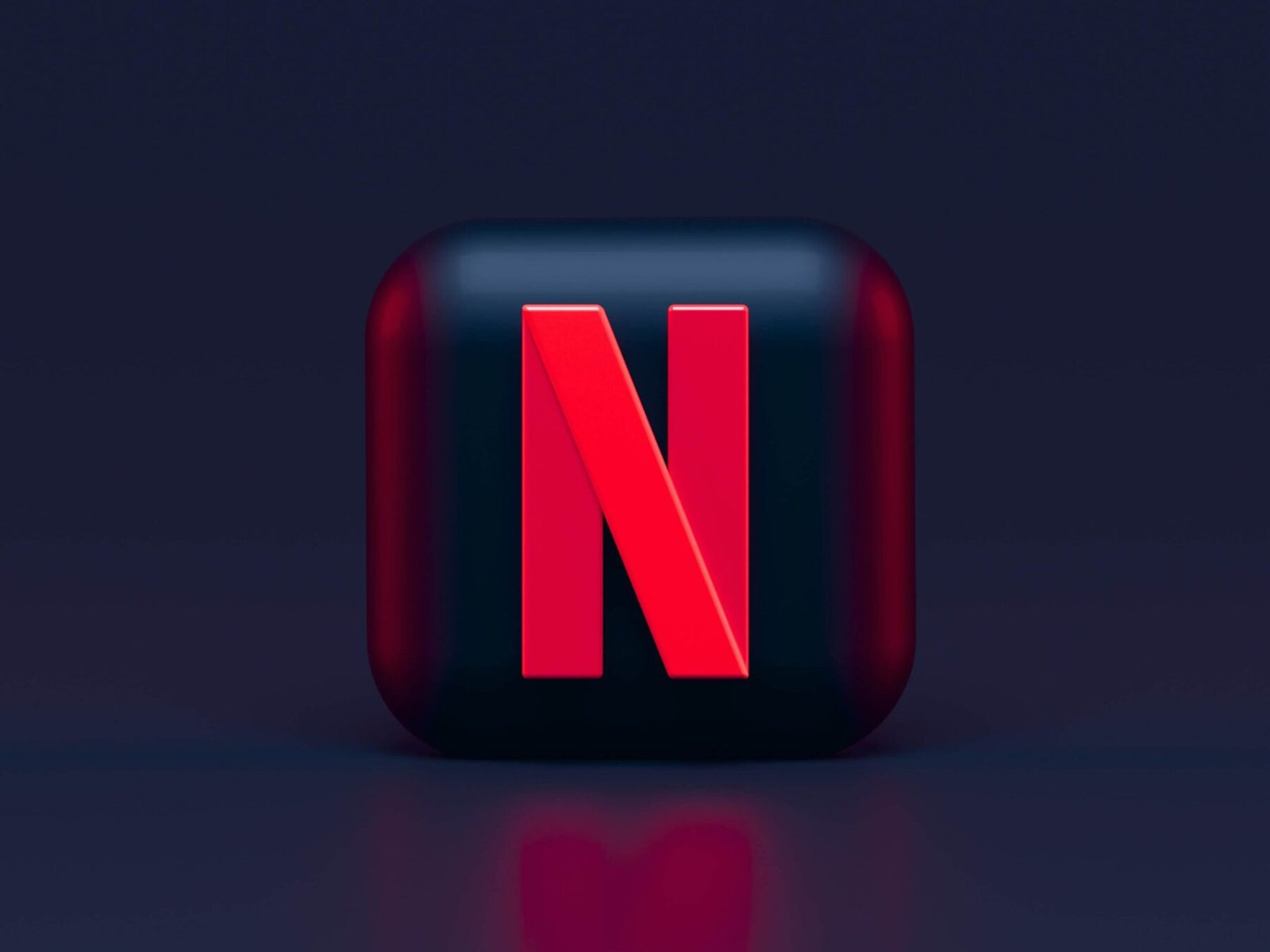"Are You a CEO, Director, or Founder interested in a Feature Interview?"
All Interviews are 100% FREE of Charge
Decentralized finance giants such as Uniswap, Sushi, Maker, and Curve will launch their zero-knowledge proof rollup zkSync Era on March 24th.
Ethereum Layer 2 Scaling Network Finally Open After four years of development, it is now available to users in alpha, enabling faster and cheaper transactions. This is the first of his Ethereum virtual machine compatible zk-Rollup to launch on mainnet (competitor StarkWare uses a bespoke language called Cairo) and most of his Ethereum DApps are mostly modified. can be easily ported without
while 32-50 projects Balancer, Pyth Network, Mute, Redstone, Graph, Argent and more will go live on March 24th or over the weekend. Banxa, Yearn Finance, Celer, Chainlink, Aragon, Woo Network, and Tracer DAO have also been ported to the network.
“Friday is a big day for us, a full launch alpha,” Anthony Rose, head of engineering at zkSync developer Matter Labs, told Cointelegraph earlier this week.
“But the system is very complex and there are countless other things we want to do.”
The zkSync era could offer “orders of magnitude” scaling than Ethereum’s now, 10-12 transactions Rose says it will initially offer “dozens of TPS” and scale up based on demand.
of plan launched a “fair onboarding alpha” on February 17th to port the project so that it can be tested for security and optimization. Matter Labs says it has spent $3.8 million on security testing, seven independent security audits, and a bug bounty program to mitigate the risk of incidents.
The mission continues and we can share even more exciting news from the rapidly growing ecosystem of zkSync Era. ToDay, @Wemix networkto realize the future of blockchain games. #jointhemissionhttps://t.co/UVBHE838Rr
— zkSync ∎ (@zksync) March 22, 2023
What is zk-Rollup?
Zk-Rollups — including zkSync, Scroll, and solutions from Polygon, StarkWare, and Consensys — compute transactions away from the Ethereum blockchain and provide a small cryptographic proof that is written back to Ethereum as a single transaction, Indicates that bundling of other transactions has been performed. It runs correctly. zkSync also employs recursion. This produces a proof showing a batch of other proofs that have been run, each representing many transactions.
Zk-Rollups have an advantage over optimistic rollup Layer 2s such as Optimism as they allow virtually instant withdrawals, which can take up to a week for withdrawals. However, zkSync Era initially imposes a 24-hour waiting period on him as a security precaution.
“The reason is that there is a critical bug that has somehow gone through many different audits and security mechanisms, and if someone completely exhausts the protocol, this is clearly a disaster for everyone involved,” he said. The waiting period could be reduced to an hour in the coming weeks.
Native Account Abstraction
zkSync also enabled the abstraction of native accounts. In other words, every account in the network is a “smart account” that can take advantage of two-factor authentication (2FA), social recovery, automated payment transactions, and more via smart contract wallet providers like Argent.
“This was, and probably still is, my favorite feature.
“Scalability is fine. The infrastructure has to be there. But you also need a scalable user experience.”
Account abstraction is the way to reach the next billion users ⚡️ #ethereum https://t.co/Ma3O0iPRhj
— Cointelegraph (@Cointelegraph) March 1, 2023
not yet decentralized
zkSync Era will not be fully decentralized at launch, allowing teams to implement quick fixes for security and technical issues. However, a time lock will be implemented later so that the Security Council and the community can approve the decision.
Like its competitor StarkWare, zkSync relies on a centralized sequencer and prover. These are faster, but provide a centralized point of failure. However, running Prover requires either buying expensive hardware or renting cloud capacity for $10,000 per month, making decentralizing the network tricky.Highlighting this challenge, a decentralized version of StarkWare is called StarkNet and is currently running At just 0.11 TPS.
Rose said that a new proof system, which greatly reduces hardware requirements, has already been developed and will be available on the mainnet later this year.
“So our idea is to move beyond this and start talking about how to upgrade proof systems to allow for meaningful decentralization,” he said.
“There are a lot of difficult problems that need to be solved to make the system a reality.”
NFT Creator: Creating “organic” generative art from robot algorithms: Emily Xie
"Elevate Your Brand with an Exclusive Feature Interview!"


































